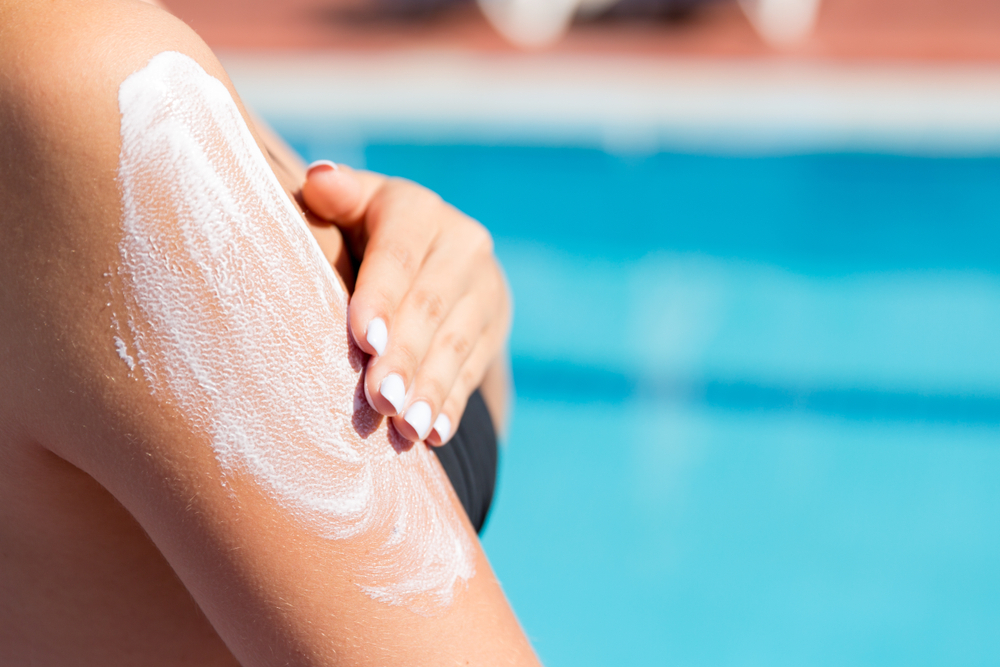Zinc oxide is used in a wide range of cosmetics and personal care products including makeup, nail products, baby lotions, bath soaps and foot powders. Zinc oxide is also used in skin protectants, such as diaper rash ointments and sunscreen products. It is used as a bulking agent and a colorant. In over-the-counter drug products, it is used as a skin protectant and a sunscreen. Zinc oxide works as a sunscreen by reflecting and scattering UV radiation and reduces or prevents sunburn and premature ageing of the skin.
Zinc oxide is one of only 17 active ingredients currently approved by the FDA for use in sunscreens. Upon application, zinc oxide particles sit on the outermost layer of your skin, the stratum corneum, where they scatter, absorb, and reflect ultraviolet radiation, protecting your living skin below. Zinc oxide is unique among sunscreen ingredients in that it is truly a broad-spectrum blocker, protecting from UVA, UVB, and even UVC. Titanium dioxide is another mineral active ingredient you may see in other brands’ sunscreens. While it protects from UVB rays very well it does not protect from UVA as well as zinc oxide does.
Zinc oxide can be ‘micronised,’ meaning it’s processed into very small particles, so small that the preparation appears clear when applied on the skin. Non-micronised formulations, are often less cosmetically elegant and are more opaque or white. So, if you’ve ever applied a sunscreen that left a white, powdery cast on your body, it most likely contained zinc oxide as a key ingredient.

BENEFITS
- Reflects sunlight (UVB rays)
- High transmittance of visible light rays
- Has soothing effects and can be used for skin irritations
- Transparent look with minimal whitening effect
SPECIFICATIONS
Appearance White fine powder
Loss on ignition Maximum 1%
Water soluble substances Maximum 0.10%
APPLICATIONS
Sun care products, colour cosmetics with or without sun protection.
Recommended Usage
- 3.0% to 6.0%
STORAGE & PACKING
50 Kg pack
